About the author:
Hello, my name is Heidi. I'm 24 years old and am currently living in Tokyo, Japan. I have lived here for 8 months now and am very pleased to share my experience!
A bit about myself: I was born and raised in Lunenburg, Massachusetts. After graduating high school, I moved to San Diego to start college at San Diego State. I completed a Bachelor’s degree in Anthropology with a minor in Sociology. There are four sub-fields within Anthropology that I had to study: Biological, Cultural, Linguistic and Archaeology.
I'm very intrigued by the cultures of the world. I found that Anthropology was a great fit for my interests. During my undergraduate work, I studied abroad in England. While there, I traveled to 8 countries by myself. I fell in love with travel and the thrill of visiting new places. After graduating university, I enrolled in an English as a Second Language certification. While this certification is not required for all jobs, it's very helpful.
I've had a long history of teaching children, first starting as a gymnastics coach, then an after-school science teacher, then a cooking teacher. I knew that I would excel in another teaching environment and I looked forward to teaching children from other cultures.
My first English teaching position was with a summer camp. We received children from many different countries including Russia, China, Japan, Israel, Switzerland, Italy, Brazil, and others. This was a great exposure to teaching students from different backgrounds.
I set goals to travel abroad and applied for a couple different companies. One in Vietnam, and two in Japan. After thoroughly researching each company, I decided to work for Kids Duo. The most popular opportunity for working in Japan is with the JET program yet I missed their deadline.
If you're interested in working in Japan, I would be happy to answer any other questions. Please feel free to email me at hlgiancola @ gmail . com


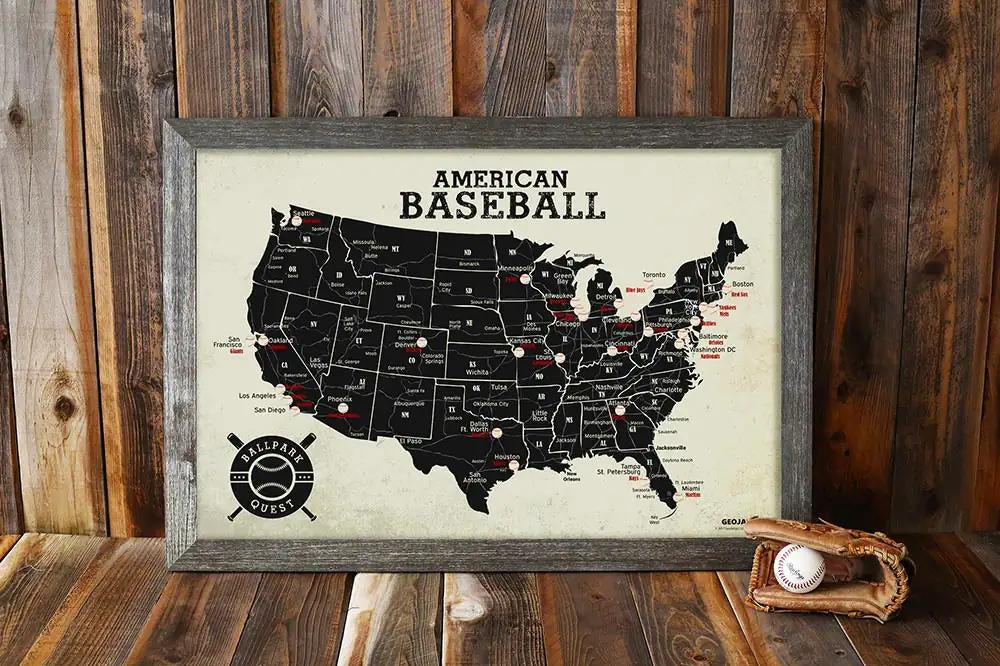

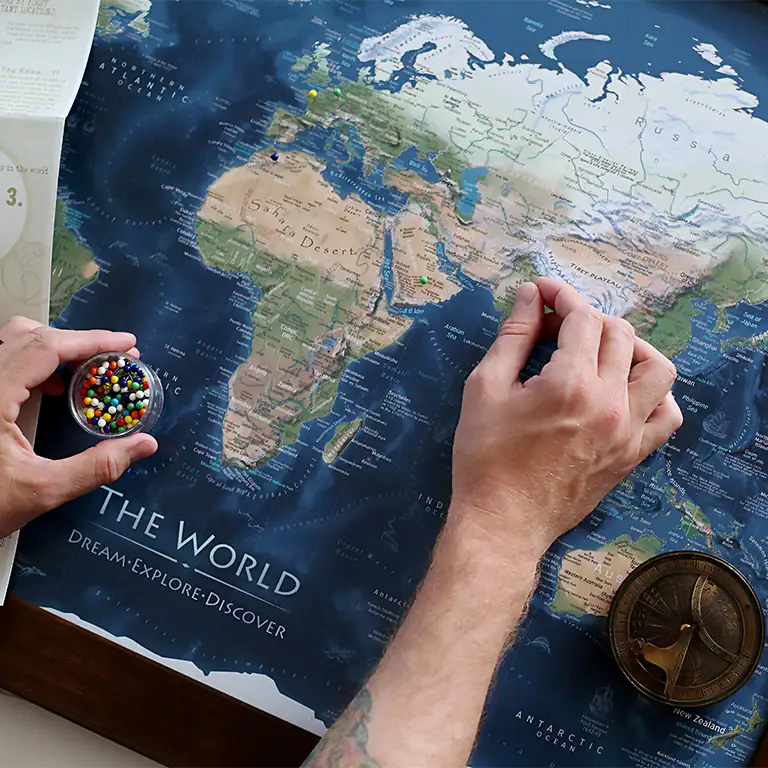
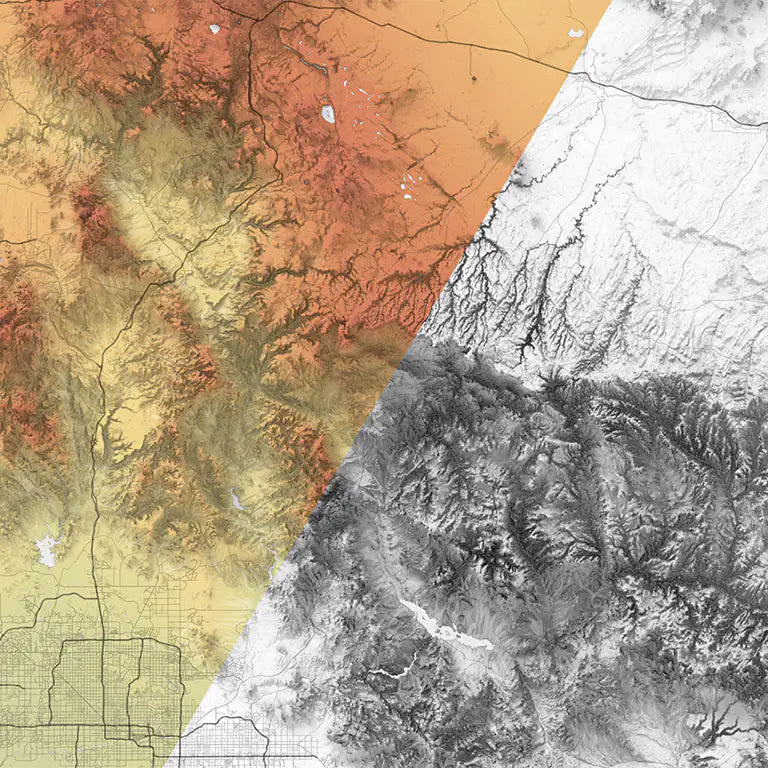
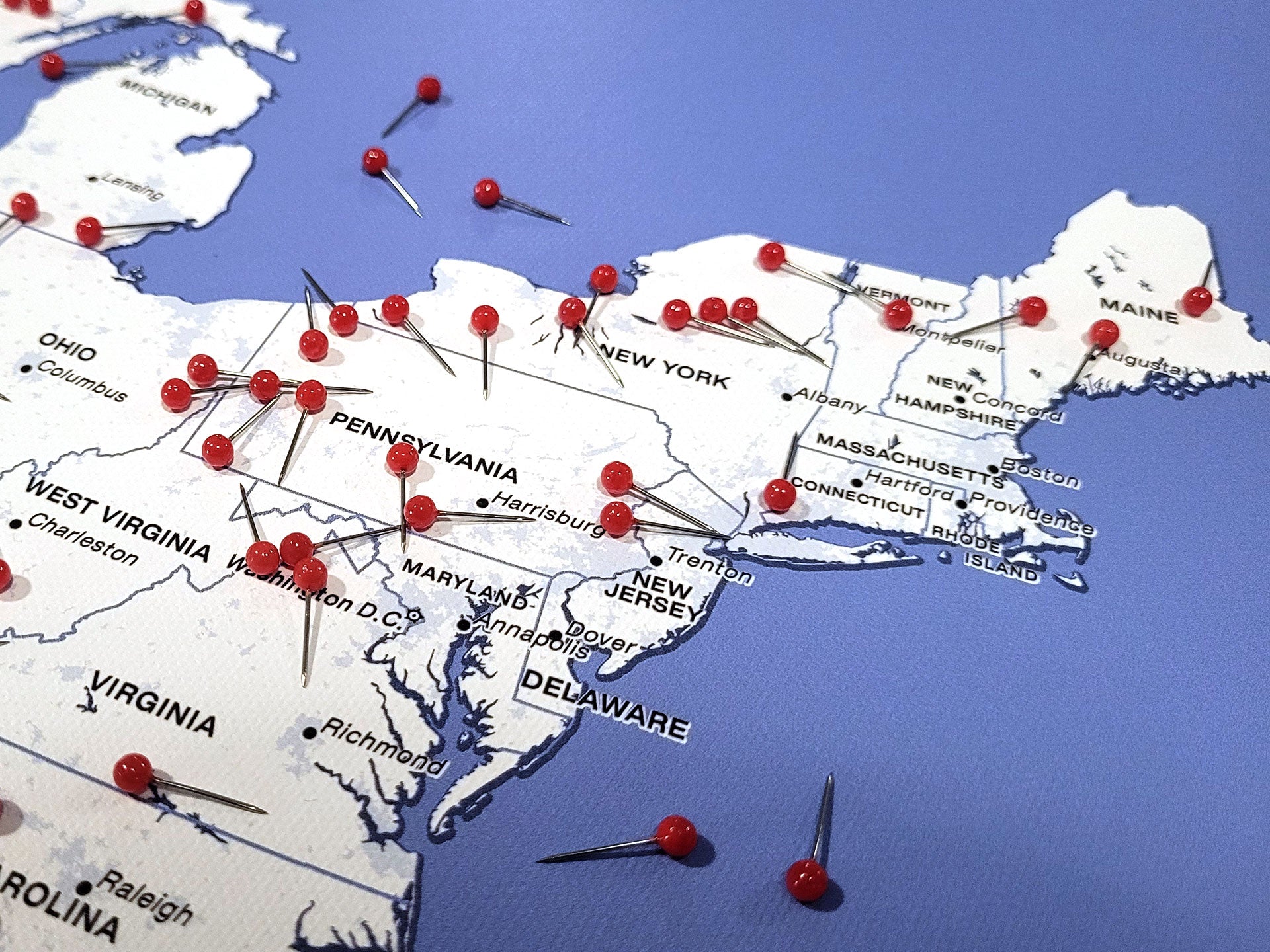

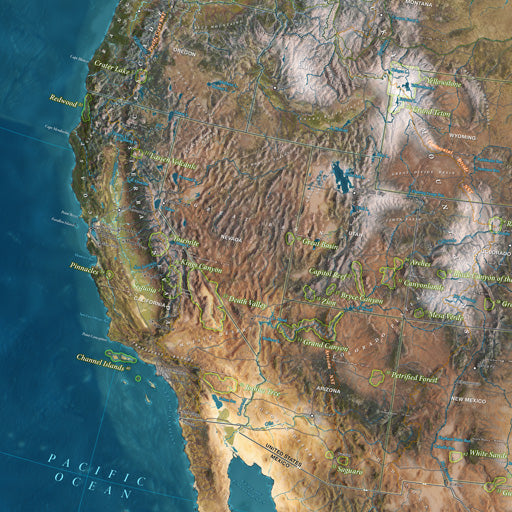
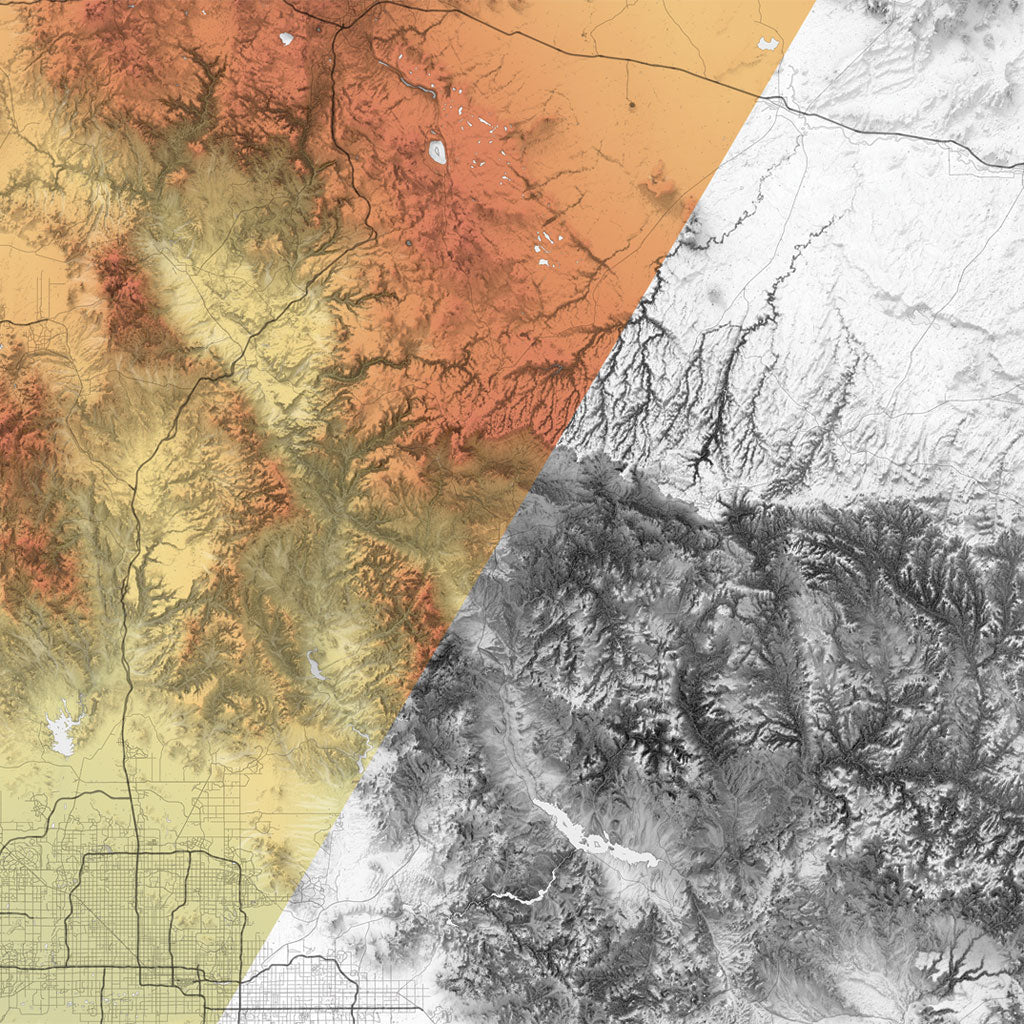


Comments
Such an exciting experience, I can’t wait to visit Japan again and use some of your tips for exploring Japan. Beautiful pictures of the monkeys by the way, and I never knew you could tie up the bad fortunes! Insightful, and I can’t wait to go back to Japan.
Heidi, Kids Duo and your students are lucky to have you! Thank you for taking the time to give such a thorough account of your experience. This is such a great resource for anyone considering a path like yours. I can’t wait to see what’s next.
Reading this article opened my eyes to the cultural differences between Japan and America. This is not something that I was aware of at all. It was interesting to hear about the many places one can go, it was almost like I was there! The fish sounds to die for and the fashion seems as though you’re constantly on the side of a runway show. Thank you, Heidi, for sharing your experiences!